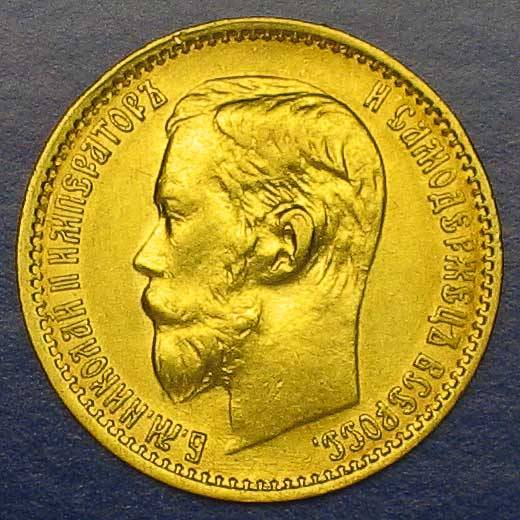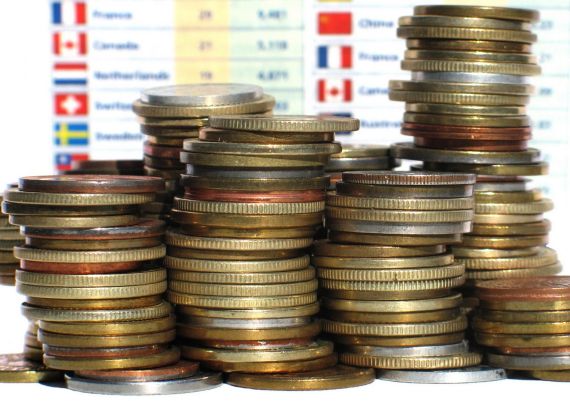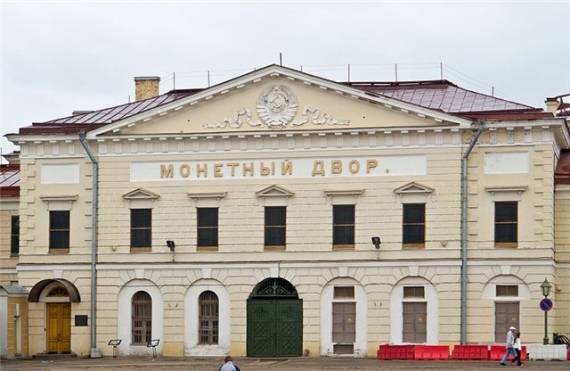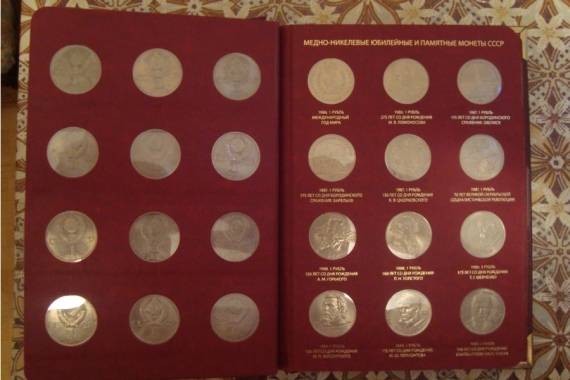increasingly being
Commemorative coins of the Republic of Belarus
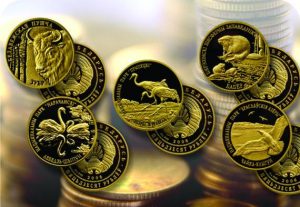 The commemorative coins of the state of the Republic of Belarus are the official commemorative coins issued by the national bank. These metallic banknotes are not only a symbol of statehood and the wealth of the country, but also constitute an integral and full-fledged system of monetary circulation. The main purpose of issuing banknotes from precious noble metals is propaganda work, which is to familiarize with the cultural and historical heritage of the Republic of Belarus, as well as its sporting, scientific and technical achievements.
The commemorative coins of the state of the Republic of Belarus are the official commemorative coins issued by the national bank. These metallic banknotes are not only a symbol of statehood and the wealth of the country, but also constitute an integral and full-fledged system of monetary circulation. The main purpose of issuing banknotes from precious noble metals is propaganda work, which is to familiarize with the cultural and historical heritage of the Republic of Belarus, as well as its sporting, scientific and technical achievements.
The National Bank of the Republic is engaged in issuing not only banknotes from various precious and rare metals and alloys, but also from ordinary metals, thanks to which they are widely spread within the state, but also outside its borders in various countries of the world. Continue reading
Greco-Bactrian rulers and their coins
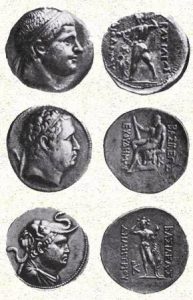 The history of the dynasty of the Greco-Bactrian empire, as recorded on the coins, of a powerful state that was located in the upper regions of the river, now known as the Amu Darya, and previously the Oxus River, was placed on the coins. Here you can see absolutely all the rulers of this kingdom, and find out about each minimum of information in order to understand what kind of person it was.
The history of the dynasty of the Greco-Bactrian empire, as recorded on the coins, of a powerful state that was located in the upper regions of the river, now known as the Amu Darya, and previously the Oxus River, was placed on the coins. Here you can see absolutely all the rulers of this kingdom, and find out about each minimum of information in order to understand what kind of person it was.
By the middle of the third century BC, the Greco-Bactrian kingdom was separated from the Seleucids, the inheriting power of the Macedonian king Alexander. Bactria is considered to be a border state between the West and the East, here the culture of Central Asia was perfectly combined with the statehood of ancient Greece, which formed the so-called Hellenistic center. Continue reading
Monetary reform of 1654
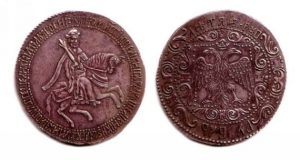 In the 17th century, the epoch in monetary business ended, when absolutely any individual, which was usually a privileged and secular society, could bring material for making coins. The state finally and irreversibly took control of the mints, and supplied raw materials exclusively from its treasury. In this regard, the coins began to lose their stability, and their value gradually began to fall.
In the 17th century, the epoch in monetary business ended, when absolutely any individual, which was usually a privileged and secular society, could bring material for making coins. The state finally and irreversibly took control of the mints, and supplied raw materials exclusively from its treasury. In this regard, the coins began to lose their stability, and their value gradually began to fall.
This instability of money played into the hands of counterfeiters. They could easily start minting coins, almost without fear that they would be severely punished for it. Continue reading
